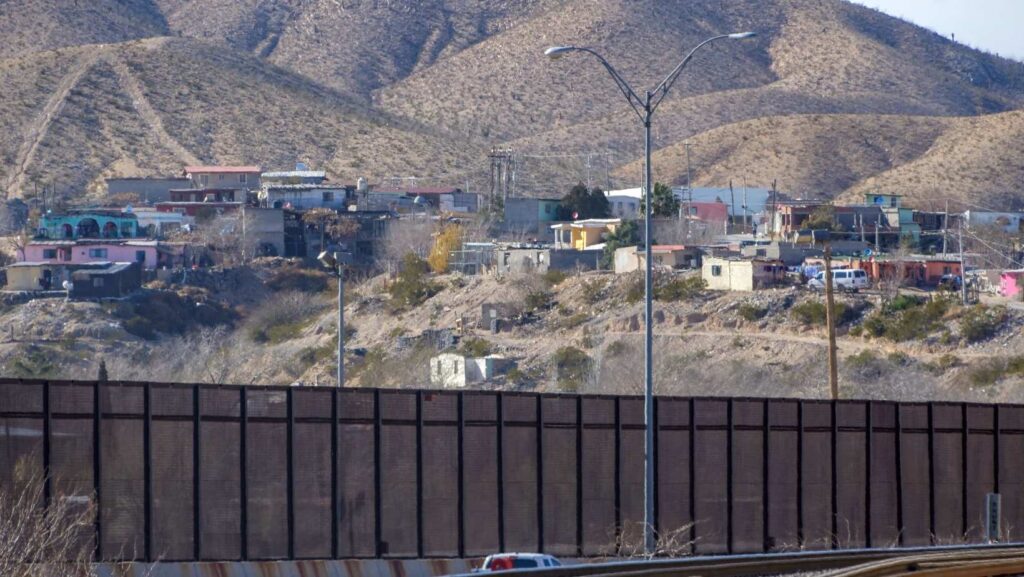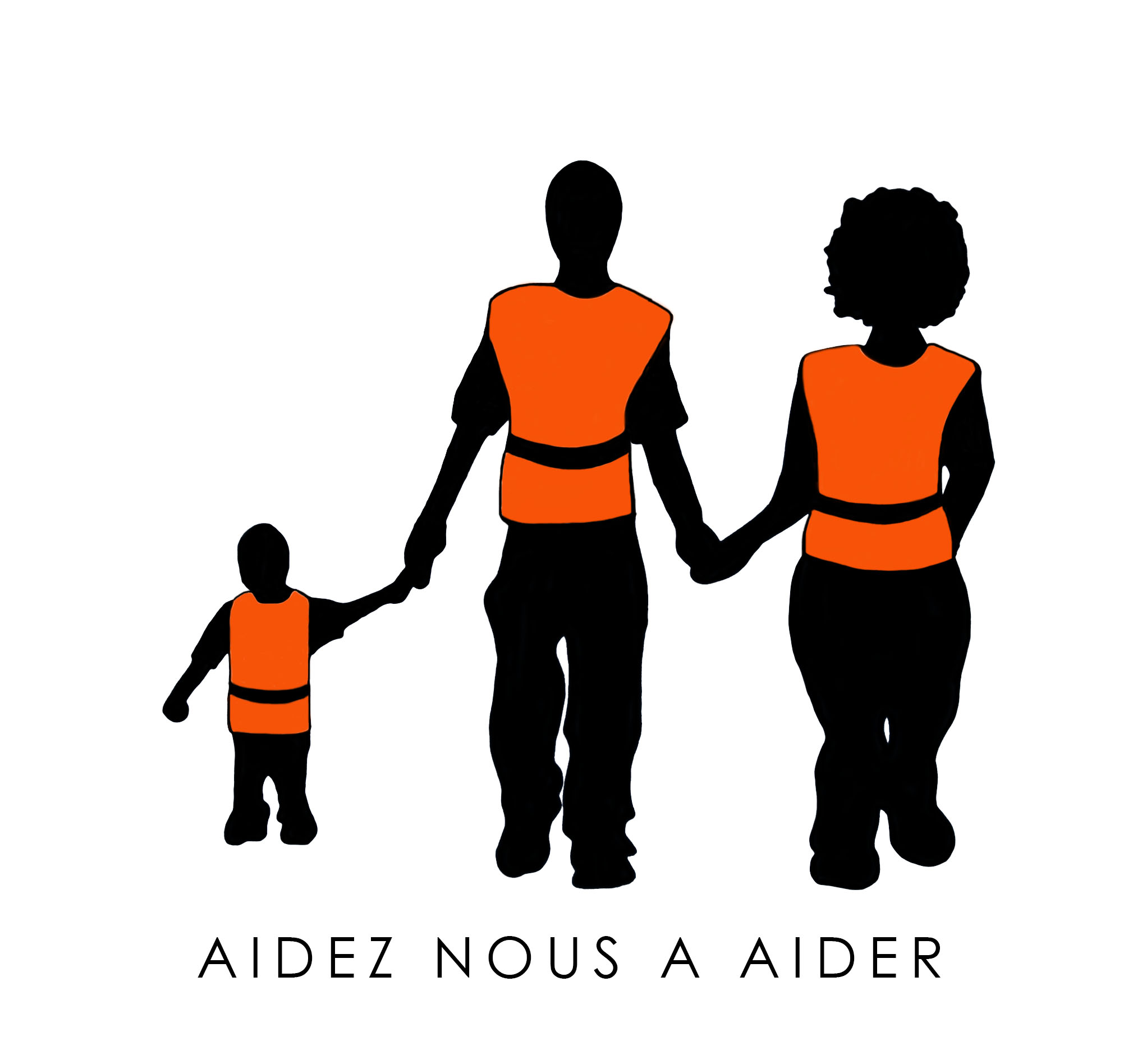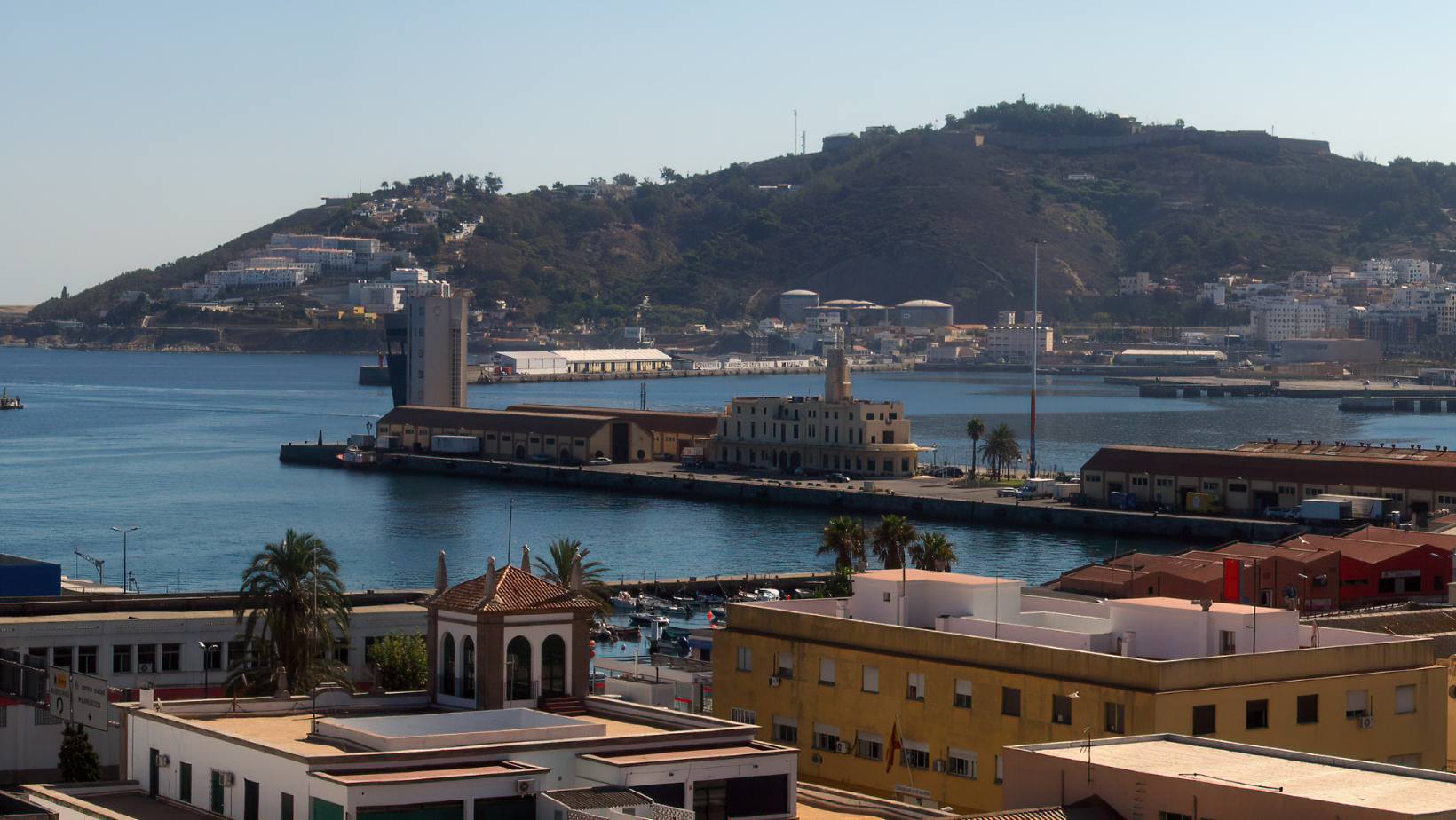In the tumultuous landscape of migration, where hopes clash with harsh realities, Ceuta and Melilla stand as glaring beacons of aspiration and desperation. These two Spanish enclaves, perched on the northern coast of Morocco, have become significant destinations for migrants seeking refuge, opportunity, and a chance at a better life. But why are Ceuta and Melilla magnets for those embarking on perilous journeys across continents? Let’s delve into the complexities that make these enclaves major migration hubs and explore the underlying factors driving this phenomenon.
Ceuta and Melilla, despite being geographically located in Africa, are European territories, belonging to Spain. This geopolitical status imbues them with the allure of European access—a gateway to the coveted promise of the European Union’s economic prosperity, stability, and opportunities. For migrants from various African countries, these enclaves symbolize a stepping stone towards their dreams of a better future in Europe.
Situated strategically along the northern coast of Morocco, Ceuta and Melilla offer migrants relatively accessible entry points into the European continent. Their close proximity to countries such as Algeria and Tunisia makes them convenient destinations for individuals fleeing conflict, persecution, poverty, or seeking economic opportunities. The physical proximity reduces the distance and risks associated with the journey, making these enclaves attractive options for those undertaking the arduous trek northward.
One of the key factors contributing to the complexity of the legal situation in Ceuta and Melilla is their ambiguous position within the European Union (EU). While they are geographically situated in Africa, they are considered part of the EU territory, albeit with certain exceptions and adaptations. This discrepancy results in a patchwork of migration regulations that differ from those applied in mainland Spain or other EU member states.
Furthermore, the disparities in migration regulations between Ceuta, Melilla, and mainland Spain create opportunities for strategic maneuvering by migrants seeking asylum or residency. Some migrants may choose to attempt to enter Ceuta or Melilla, where regulations might be perceived as more lenient or enforcement less stringent, with the ultimate goal of gaining access to mainland Europe.
Human traffickers also capitalize on the legal ambiguities surrounding Ceuta and Melilla, exploiting vulnerable migrants by promising them safe passage into Europe. These traffickers often operate within the shadows of the legal system, exploiting loopholes and vulnerabilities to facilitate the illicit movement of people across borders for profit. The lack of clear jurisdictional boundaries and enforcement mechanisms further enables their activities, exacerbating the challenges faced by authorities in combatting human trafficking networks.

The security and border control measures implemented in Ceuta and Melilla represent a paradoxical scenario where barriers intended to prevent unauthorized entry simultaneously attract migrants seeking refuge and opportunity. These enclaves are fortified with extensive security apparatuses, including imposing fences topped with razor wire and sophisticated surveillance systems. While these measures create formidable obstacles for migrants attempting to breach the borders, they also symbolize safety and security within the enclaves, contrasting sharply with the perils and uncertainties of the migrants’ journey
On one hand, the heightened security measures are designed to deter and prevent unauthorized entry into Ceuta and Melilla. The imposing fences and surveillance systems are intended to create physical and psychological barriers, dissuading migrants from attempting to cross the border illegally. The presence of security forces and border patrol agents further reinforces the message that unauthorized entry will not be tolerated, and those attempting to breach the border will face consequences.
However, paradoxically, these very barriers act as magnets for migrants, drawing them towards Ceuta and Melilla in search of safety and security. The fortified borders symbolize the perceived promise of refuge and opportunity within the enclaves, particularly when contrasted with the dangers and uncertainties faced by migrants along their journey. For many migrants fleeing conflict, persecution, or poverty, the prospect of reaching Ceuta or Melilla represents a beacon of hope amidst their arduous and often perilous journey.

The security measures also play into broader narratives of migration and border control, shaping perceptions of the enclaves as bastions of safety and stability within an otherwise chaotic and uncertain world. The fortified borders serve as physical manifestations of the divide between the global north and south, symbolizing the disparities in wealth, opportunity, and security that drive migration flows.
Moreover, the presence of security and border control measures in Ceuta and Melilla contributes to the securitization of migration, framing it as a threat to be contained and controlled through militarized means. This securitization further exacerbates tensions and reinforces divisions between migrants and host communities, perpetuating a cycle of fear, mistrust, and hostility.
In conclusion, Ceuta and Melilla emerge as major destinations for migrants in Morocco due to a confluence of geopolitical, economic, legal, and security factors. As symbols of opportunity and aspiration, these enclaves exert a powerful pull on individuals seeking refuge and a better life in Europe. However, the challenges and complexities inherent in the migration journey underscore the urgent need for comprehensive and compassionate approaches to address the underlying root causes driving migration and ensure the protection and dignity of all those on the move.

